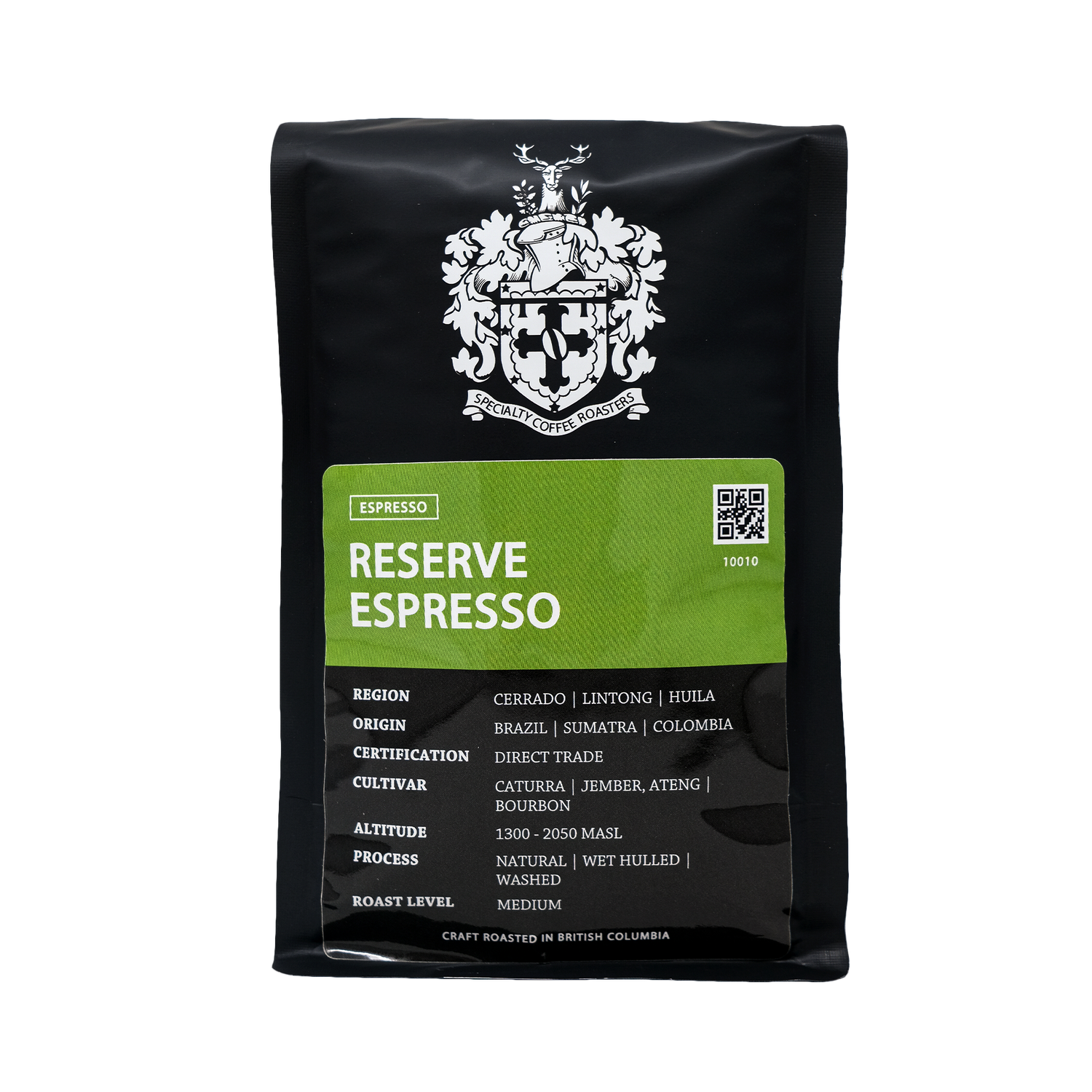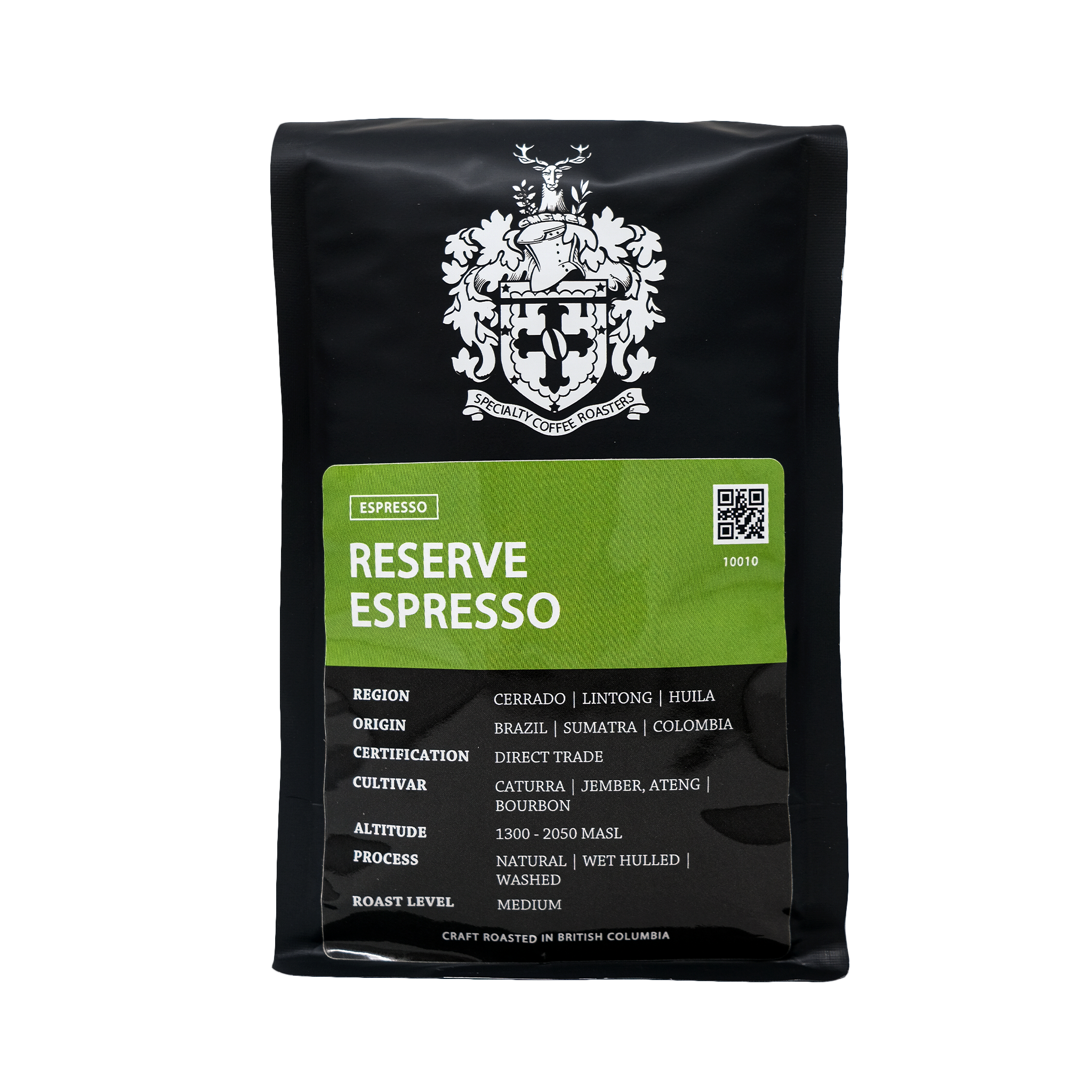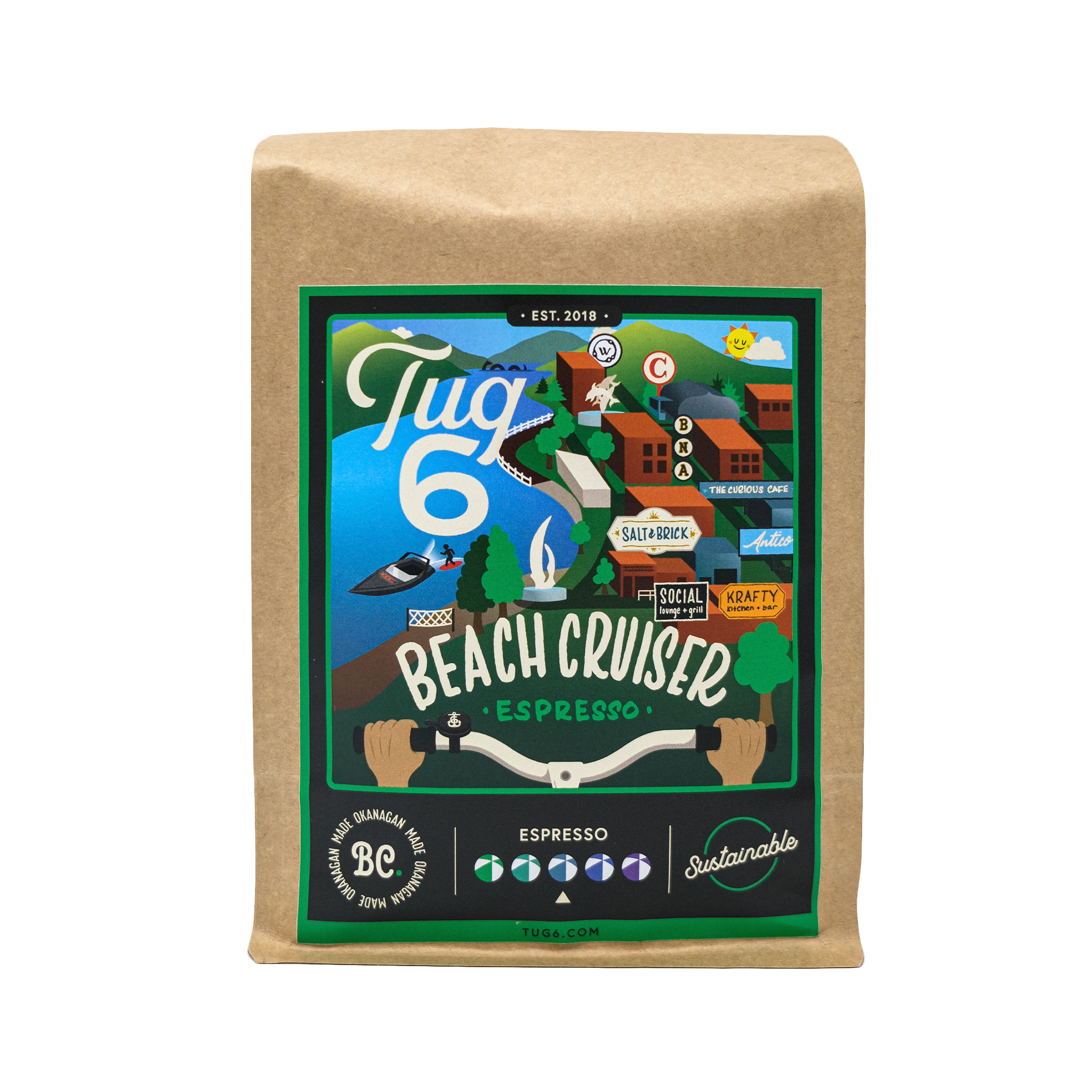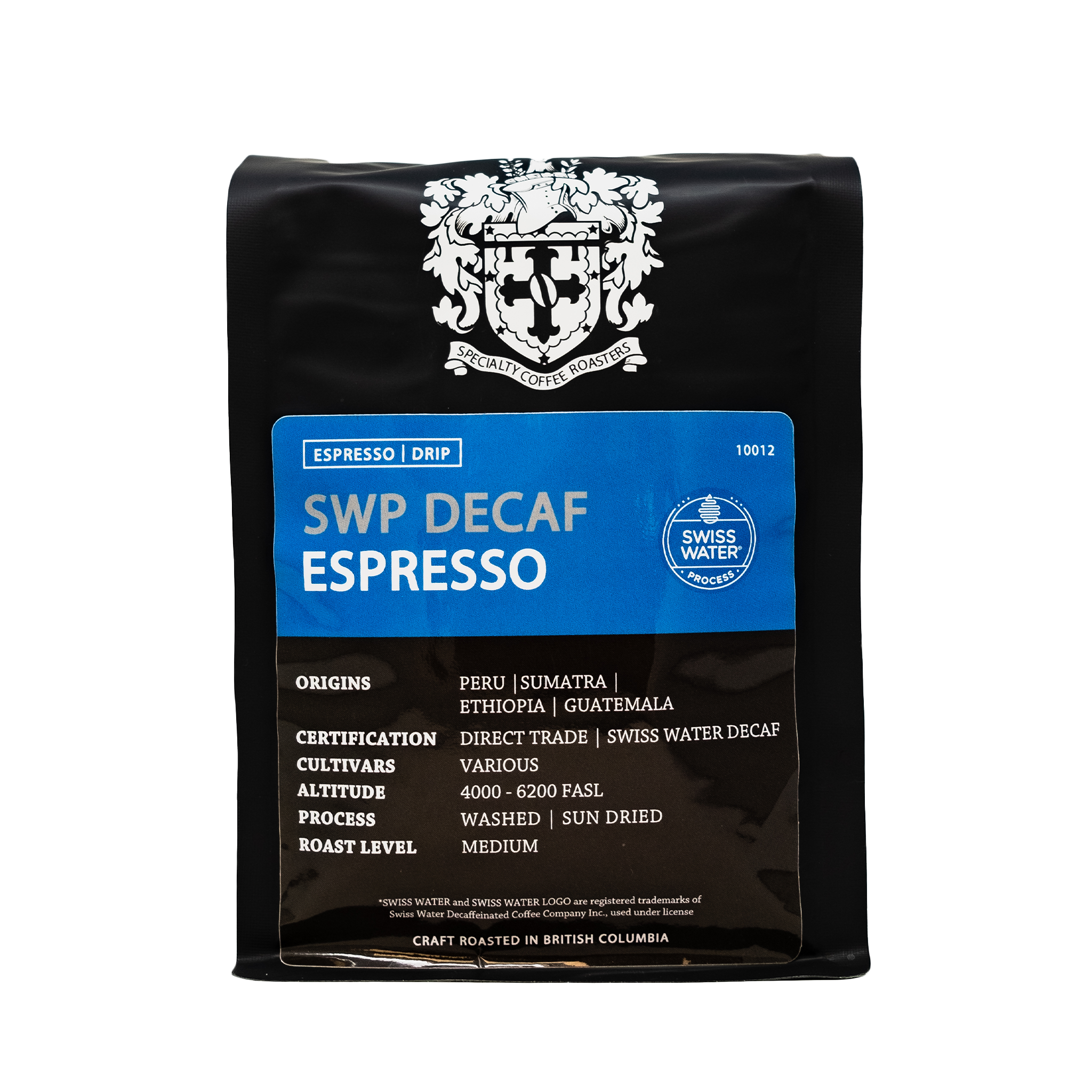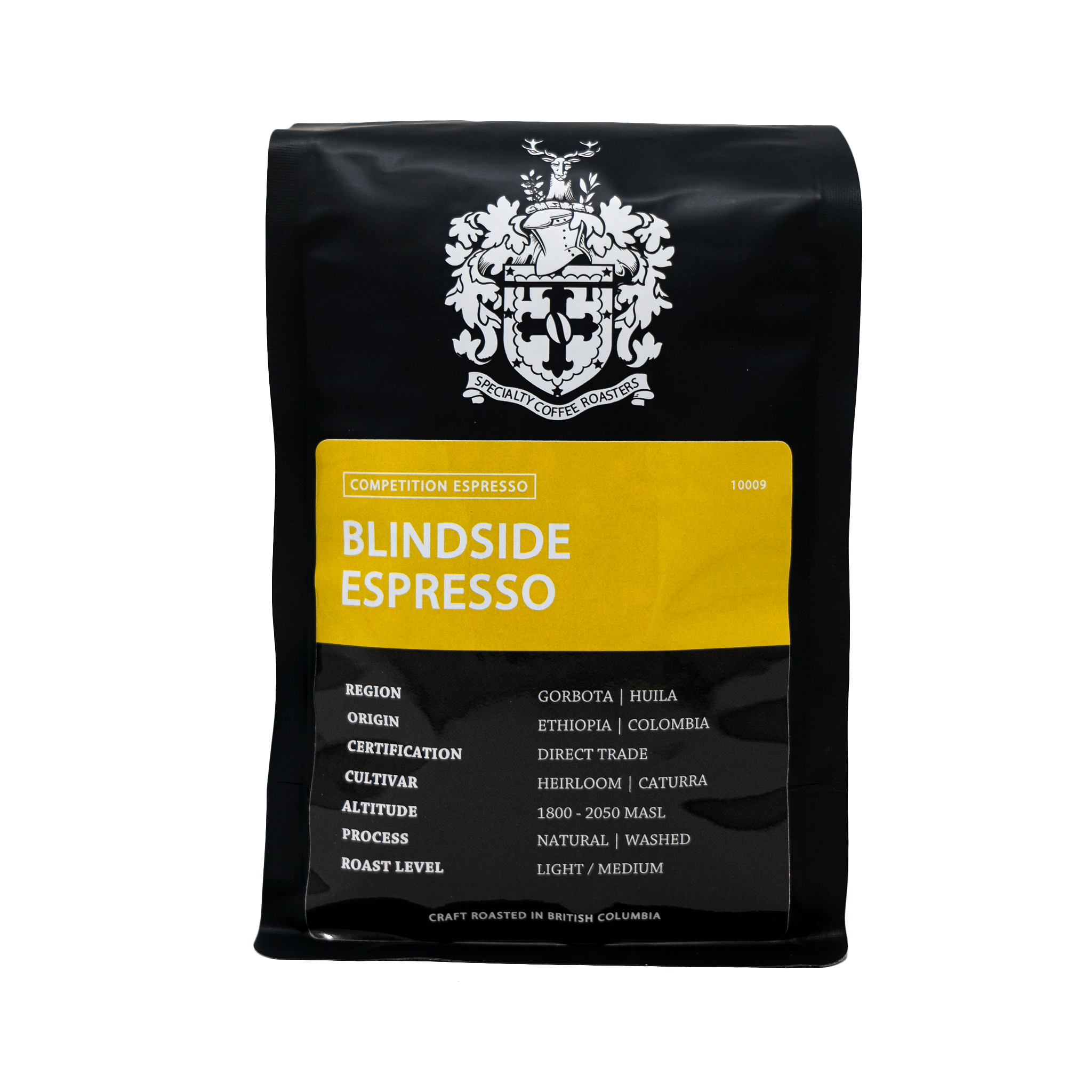Among the many espresso-based drinks in cafés, the macchiato often stands out as a source of curiosity. Its name, its size, and its flavour profile spark frequent questions from coffee lovers. Is it closer to an espresso or a latte? Does it contain foam or milk? How does it differ from a cortado or cappuccino?
This blog guide breaks down everything you need to know about the macchiato: its origins, variations, brewing methods, and how it compares to other coffee drinks.
